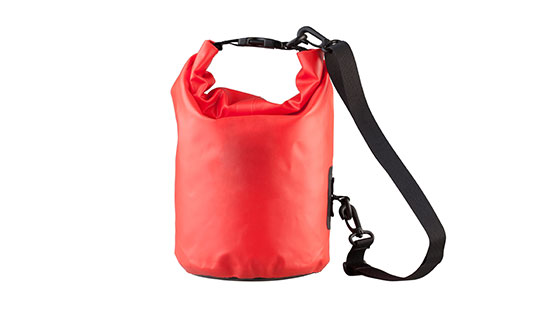Waterproof or water-resistant?

Q. Hey Gear Guy, I have a question for you. What’s the difference between waterproof and water-resistant? I see it on lots of outdoor gear but I’m not sure which is which.
— Soggy Seth, Portland, Ore.
A: Great question, Soggy Sir. And you’re right, the terms waterproof and water-resistant are plastered all over the hangtags of tents, rain jackets, watches, GPS, and so on.
To help answer this one, I pinged Andrew MacAuley, the product development director at Aquapac (www.aquapac.net), the folks who make those handy waterproof pouches for cameras, electronics and such. When I asked him what’s the difference between waterproof and water-resistant, here’s what he had to say:
“Well, actually, not a lot. It means different things on different products. Most items like electronics, Aquapac cases, etc. use a system called the IP (Ingress Protection) scale; which goes from 1 to 8. IPX1 means that an item is not really protected against water. IPX8 means that you can safely take the item underwater — although the depth and time that it is safe underwater can vary. A lot of ‘waterproof’ electronics are IPX7, which means that they will be OK if you accidentally drop them in a stream and get them out immediately. When you talk about tents or clothes, waterproofing is measured on a scale called the Hydrostatic Head. If you take a piece of the material, and put a tube on top of it, the hydrostatic head rating is how much water you can fill in this tube before the pressure and weight of the water pushes through the material. Proper ‘waterproof’ levels are considered to be 1000mm (25.4 inches) of water, but most decent tents have an HH rating of over 2000mm, and a good waterproof jacket will be around 3000mm+. You need a higher number because the force that rain hits a tent or jacket, especially when it’s windy, can be quite considerable. Meanwhile, watches have an entirely different grading than most other electronics.”
I did a little research and found that only true scuba diving watches can be advertised as waterproof. All other watches must be listed as water-resistant to a specific depth, but you shouldn’t press any function buttons while it’s submerged. As a rule of thumb, watches with water-resistance ratings of 30 to 50 meters are okay for fishing but not suitable for swimming and diving. Watches with water-resistant ratings of 100 meters are fine for swimming and most watersports like paddling, surfing, and snorkeling but NOT scuba diving. You’ll need a true diving watch for that.
So bottom line: before you buy something that’s waterproof or water-resistant, find out exactly what it means for that particular product by checking the fine print in the user’s manual or on the hangtag.

My $28 Walmart watch says it is water-resistant, up to 100m, Will i wreck it swimming in a pool.
whats the meaning 100m resistant????
That really cleared things up for me. Thank you!
Waterproof means absolutely zero water will get inside your watch but water resistant is overall better because if you buy a g shock watch you will most likely be able to go down to 150m which is probably further than you will go anyway.